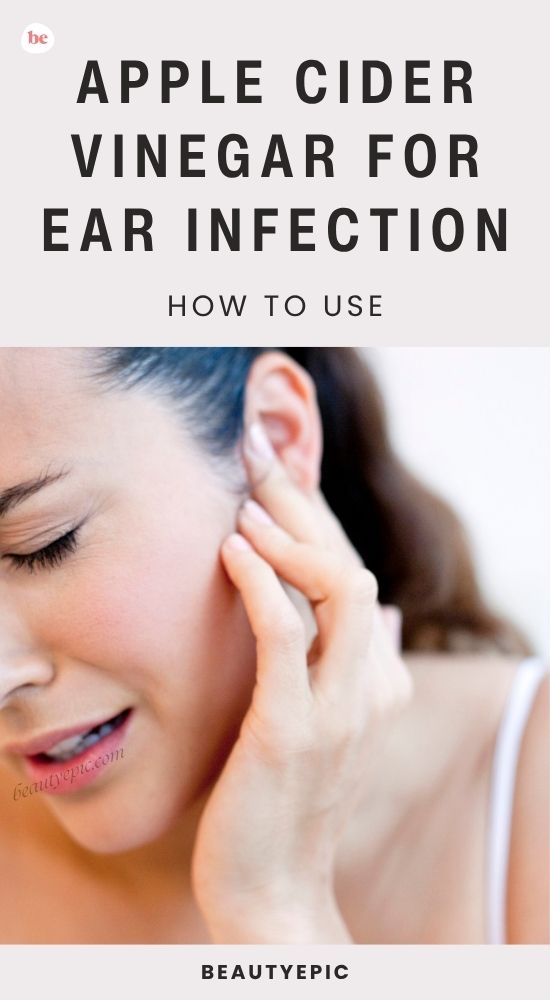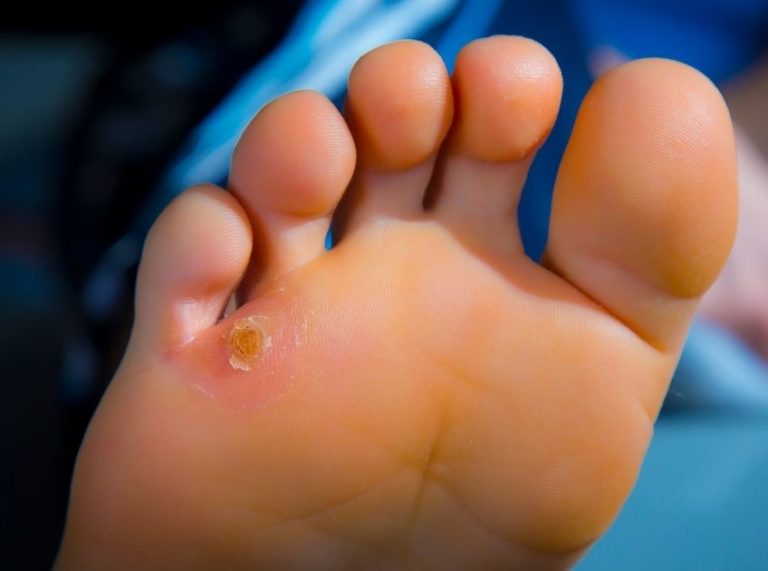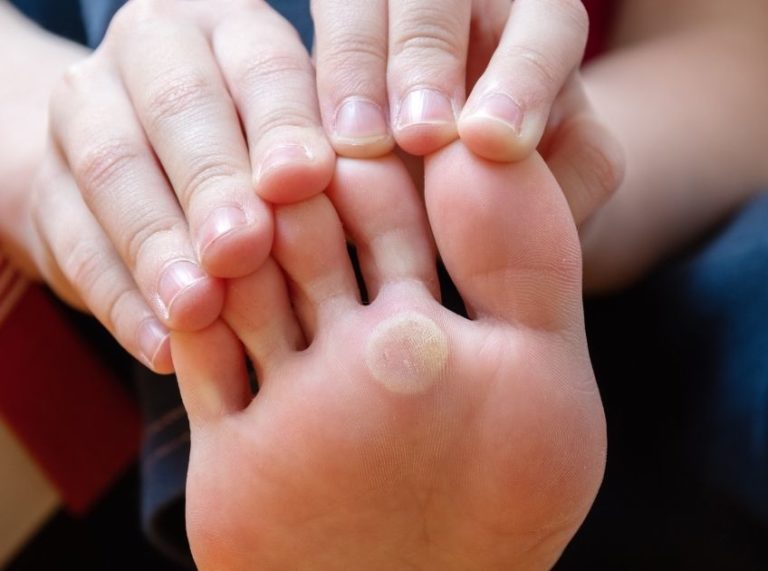
Important: This article is for informational purposes only. Please read our full disclaimer for more details.
Ear infections occur when the middle or inner ear (including the ear canal) are attacked by bacteria or virus. The eustachian tubes get blocked with foreign particles and that leads to accumulation of thick yellow fluid in the ear thus causing ear inflammation. The probable causes of ear infection(1) include sinus infections, excessive mucus secretion, smoking, infected or swollen adenoids (present close to tonsils and trap harmful pathogens), allergies and even common cold. If not treated, ear infections can lead to drainage of pus from the ear and in even more severe cases it can ultimately lead to hearing loss. In the below mentioned article, we have described various ways of using apple cider vinegar for ear infection cure. Have a look.
Does Apple Cider Vinegar Help Ear Infections?

- The presence of acetic acid in apple cider vinegar gives it superb anti-bacterial and anti-fungal properties.(2)
- Apple cider vinegar is one of the most popularly used home remedy to cure several infections and is also said to act as an effective pain reliever.(3)
- It can effectively be used to clear out ear infections caused by fungal growth in the ear canal.
How to Use Apple Cider Vinegar for Ear Infection

Acute ear infections can be cleared using ear drops that are available but naturally derived products have also proven themselves highly beneficial. Apple Cider Vinegar is a great way to treat ear infection due to the presence of acetic acid that can kill the bacteria.
1. Apple Cider Vinegar and Water for Ear Infection
Ingredients:
- Apple cider vinegar
- Warm water
How to do:
- Mix Apple cider vinegar with warm water in an equal proportion.
- It is then used either in the form of ear drops or applied after being soaked in cotton swabs.
- Leave the cotton in for about 5 minutes and then ensure that the ear has dried up as much as possible.
- This can be used as frequently as desired.
2. Alcohol and Apple Cider Vinegar for Ear Infection
You’ll need:
- Apple cider vinegar
- Alcohol
- Cotton swab
How to do:
- Mix Apple cider vinegar with equal amount of alcohol.
- Mix thoroughly and dip a sterile cotton swab in this liquid.
- Drain the excess liquid and place the cotton swab in the ear canal.
- Leave this in for 5 minutes and then remove the cotton swab.
- Dry the ear canal as much as possible.
[ Read: How to Treat Ear Infection with Garlic ]
3. Gargling Apple Cider Vinegar for Ear Infection
Ingredients:
- 1/2 glass of apple cider vinegar
- Warm water
How to do:
- Ear infections can also be cured by gargling.
- Mix half a glass of apple cider vinegar with warm water.
- Gargle using this liquid once or twice every day.
[ Read: How to Use Olive oil for Ear Infection ]
Tips and Precautions:
- Using apple cider vinegar is very popular but if the infection does not clear in a few days post the use, it is advisable to see a doctor.
- Apple cider vinegar may not be compatible with all types of medications hence care needs to be taken when using it with other medicines.
If one is taking any kind of prescription medicine it is advisable to consult the doctor before using this home remedy too.
You Might Also Like:
- Ear Mites in Humans: Symptoms and Treatments
- Can Olive Oil Remove Wax or Treat an Earache?
- 8 Simple and Effective Home Remedies for Earache
- How to Treat Earache With Tea Tree Oil?
- Why Do My Ears Get Hot and Red Suddenly? Causes and Treatment
- Why Do Older Adults Wake Up Early? Understanding and Easing Age-Related Sleep Shifts
- How to Use Breast Milk for Ear Infection
- Apple Cider Vinegar Benefits and Uses
- 6 Best Essential Oils for Ear Infection and How to Use
- Can Breast Milk Help an Ear Infection?
- How To Use Sweet Oil For Earache Relief
- How to Clean Ears With Hydrogen Peroxide
- How to Cure an Earache Fast at Home with Onion
Image:- 1
















